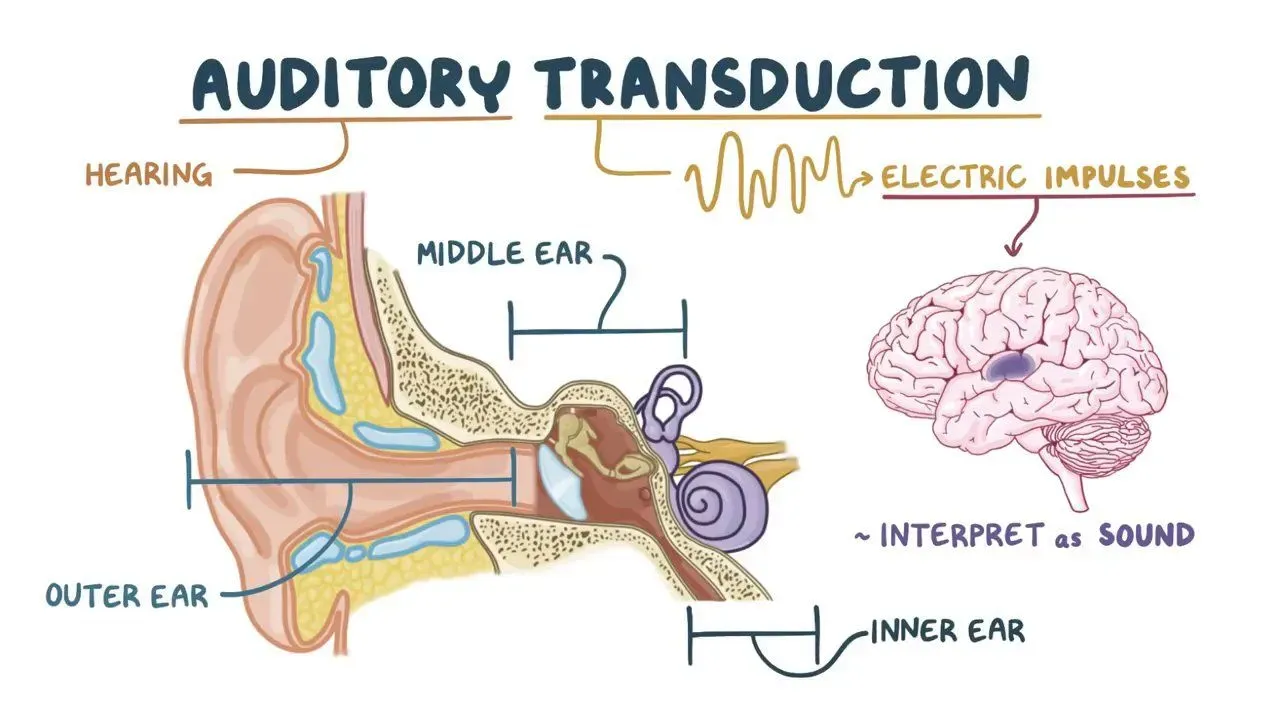Music Makes Us Feel Things
There is subtle music all this time—mixed with the sound of rain and the pitch-perfect banter—but there is something else. This movie uses frequencies of sound beyond conscious comprehension, frequencies that we can’t exactly hear but we can feel.
There is a movie I think of whenever people talk about sound design. The plot roughly follows a writer and his artist wife. They’re expecting a baby. Before she gives birth, the artist wants to return to her hometown and perform a ceremony to ask the ancestral spirits to take away all their bad luck and pain, and bless their new family with good health and prosperity.
As you go on watching, the movie uncovers things you couldn’t imagine. It’s scary and fascinating and beautiful and romantic, but it’s greatest feature, I think, is the way it uses its music to support its plot.
In the opening scene, a woman is driving to her house. She’s on the phone with her husband as she drives. There’s nothing particularly remarkable about the conversation: her husband is telling her to be careful because she’s heavily pregnant. But there’s a sense of dread, the source of which is imperceptible.

There is subtle music all this time—mixed with the sound of rain and the pitch-perfect banter—but there is something else. This movie uses frequencies of sound beyond conscious comprehension, frequencies that we can’t exactly hear but we can feel.
These frequencies are processed the same way as audible sound: the waves are collected as vibrations of the air by the outer ear, transmitted through the middle and inner ear, and eventually transformed into electrical signals, which are finally transmitted to the brain.

In response to those signals from the ear, the brain releases different hormones depending on the type of music you’re listening to. While no emotion is caused by a single hormone, the major component that makes up what you feel is pretty much one thing.
Typically ‘happy’ sounds, such as those from Beethoven’s Ode to Joy, make your brain release the chemical dopamine. The music makes you feel the same way you feel when you play with a pet, or when you successfully complete a task. Dopamine is a neurotransmitter that sends messages between nerve cells. As a transmitter, it affects your sleep, mood, attention, pain recognition, and even movement. Studies have shown that listening to music increases productivity and helps people to study and focus. This is because when dopamine is released into the spaces between neurons, it is processed as a reward. When you do something that you’re supposed to, like eating or exercising, your brain rewards you with a dose of dopamine. This subconsciously makes us want more dopamine to be released, so we concentrate harder on what we do.

At the other end of the spectrum, feelings of fear and bravery are linked to another hormone: adrenaline. This hormone acts as a trigger to the fight or flight response. The fight or flight response evolved as a survival mechanism. Adrenaline makes your heart pump faster, your breath heavier, and it directs blood to the systems needed for either self-defense or running away: muscles, brain, lungs. Your pupils dilate and your palms sweat.
Certain frequencies of sound can trigger the fight or flight response. Low frequencies below the hearing range are called infrasound, and higher frequencies that are above the hearing range are called ultrasound. Recent studies show that frequencies of ultra- and infrasound stimulate the hair cells and cause electrical signals to be released. This “secret sound” is responsible for subconscious emotion. As in the example we gave above, movies use these sounds outside of the audible range in carefully constructed scores to make you subconsciously feel anxiety or dread.
Decoding conscious, rather than unconscious, perception of music is a little more complicated.

In most cultures that listen to western classical music, major keys and progressions are considered happy, and minor keys and progressions are considered sad. Interestingly, studies involving two tribes from Pakistan show the exact opposite: minor key melodies are seen as happy, and major key melodies are seen as sad. This is supported by other studies of tribes from Africa that have been completely isolated from western music culture. So, while individual frequencies might create an atmosphere, multiple notes, a melody or chord, ends up invoking different feelings in people of different cultures.
So, does our perception of music depend solely on how we were raised?
Not quite.
Music is more than melody. For a series of notes to be processed and received as music by the brain, it requires a steady rhythm. Rhythm and tempo are equally, if not more, important in making us feel music.
I want you to try an often-performed experiment. Put your hand on your heart. Feel the tempo. Now, put on a piece of music, say, “Love Me Tender.” You’ll feel your heartbeat adjusting to the rhythm, to beat in sync with the song. This proves that there is an unconscious, physiological response to listening to music.
Now, try this with something faster, like the Ritual Abduction from The Rite of Spring. It’s a jarring change. You’re no longer relaxed and calm. You’re feeling mildly frantic, maybe even confused. Your brain is now releasing adrenaline.

Adrenaline increases heart rate. Increased heart rate (from the music) could, in turn, stimulate the brain to produce adrenaline in response to it. Faster rhythm triggers adrenaline— exciting us— while slower, relaxing music can trigger dopamine and serotonin, making us calm.
While this biochemical response needs to be studied further in depth, it only proves what we, as musicians, feel intuitively. There is a connection beyond just brain and body between us and sound. It is not just a series of vibrations, but is something that affects us deeply, irrespective of our state of consciousness.
Music may be something we created, but what it does, and its sense of magic, is far beyond our understanding, at least for now.
